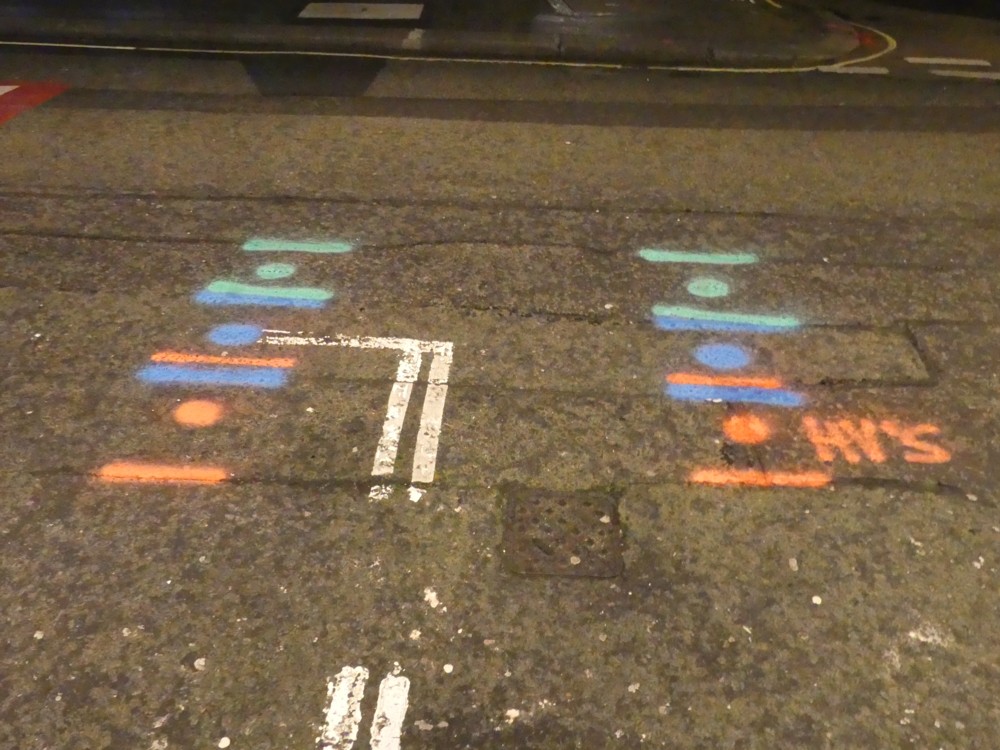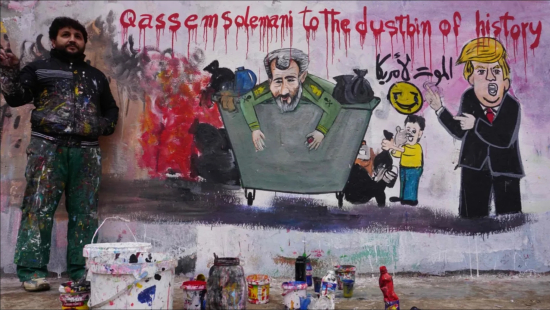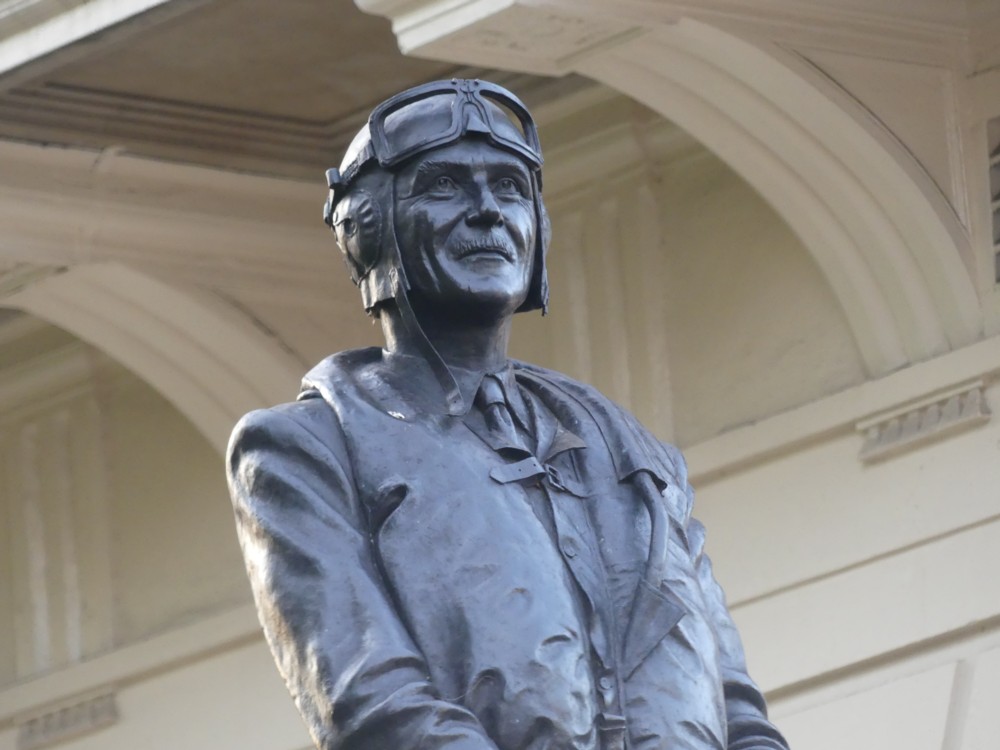I have been reading James Holland’s book about the Dam Busters, which contains some illuminating pages concerning the history of the dams that got busted. These pages (pp. 242-247 of my paperback edition) are interesting in their own right, and they also explain why busting the dams was more than just a materially very damaging blow to the German war effort; it was also deeply demoralising for the German people:
There was another very good reason why the dams were a good target, however, one that was touched upon by Barnes Wallis during his second meeting with Gibson on 29 March. ‘The Germans,’ he said of the Möhne, ‘are very proud of this dam.’ In fact, they were proud of all their dams, although of the Möhne and Eder in particular; they were among the best-known structures in the Reich. Dams, of course, were as old as the hills. It was a German, Georg Steinfurth, who discovered the world’s oldest in 1885 – the Kafara Dam south of Cairo. In Spain, the Roman dam at Cornalvo had been standing for the best part of two millennia. However, although these were ancient structures, they had not been built on the kind of scale that the Germans began building them in the latter part of the nineteenth century.
Although Germany was a new nation, just seventy years old, there was nonetheless a tradition among the German people over the previous 200 years of transforming their landscape, or conquering nature. Germany by the beginning of the war was a quite different place from how it had been just a couple of hundred years earlier, especially its lowlands. At the beginning of the eighteenth century, it was a wild place, full of low-lying marsh and fenland. Travellers likened it to Amazonia and the New World. Wild animals like boar and wolves roamed, while the Rhine, Germany’s greatest river, snaked its way north through hundreds of separate channels, which were divided by endless little islands, sandbars and gravel banks. Along long stretches of its banks were damp forests, not lush farmland and industry. And because this river was so wild, because its flow of water so unpredictable and its depth so varied, it was for large parts completely impassable.
Yet as Prussia’s strength grew, so did its prosperity, and with it the increased need for mobility. What a difference it would make if this wild part of north-west Germany could be tamed. One German engineer, Iohann Tulla, believed he could, and so began one of the most extraordinary engineering feats the world had ever known. Quite simply, Tulla straightened the Upper Rhine. Not only was it an extraordinary achievement, it was also one of the world’s biggest engineering feats. By carving out new channels and damming up the twists and turns, the flow of water improved. The Rhine took on a completely different appearance, and was now shorter by some fifty miles. Moreover, the water now flowed deep enough and fast enough to allow large-scale navigation. The Rhine, by the early part of the nineteenth century, had become one of Germany’s most important arteries.
Now that the Rhine was properly navigable, the population along it rose rapidly. Further to the east, in the Ruhr area, coal seams were developed and through the nineteenth century the area grew with industrial plants springing up all around it. More and more water was needed: for the rising population to drink, and for the rapidly increasing industrial processes. Canals were built, and so too were railways, providing a network that enabled all this industry to be spread around the country.
Suddenly, there was no longer enough water consistently feeding into these rapidly growing areas. The natural cycle of water flow running into the Möhne, Wupper, Ruhr and Eder followed an irregular pattern – heavier in winter, less so in summer, but one that had become more extreme through deforestation and cultivation in their upper reaches.
Dams were the solution, although, as the Germans were discovering, by upsetting one of nature’s rhythms, they were being forced to alter another. Constructing large dams had begun in Alsace as a means of building up a mass of water from the inconsistent flow of rivers running down from the Vosges Mountains. These dams, comparatively small, were so effective they paved the way for the golden decade of dam building in Germany. In the 1890s, dams were the solution to the booming industrial region of Rhineland- Westphalia.
The first large dam was the Eschbach, which provided drinking water for the growing population of Remsheid. This had been designed by the greatest of German dam builders, Otto Intze, and his stamp would be all over many of those that followed: by his death in 1904, he had built no fewer than twelve.
A regular flow of water may have been needed in the rapidly growing area of Rhineland-Westphalia, but it was even more essential a little further north in the Ruhr Valley. The annual flow of water into the Ruhr was heavy, but deforestation in the Sauerland, the mountainous region east of the Ruhr, had intensified the extremes of seasonal variation. These were also exacerbated enormously by the huge amounts of water being pumped from the lower reaches. Water was needed for drinking, not just by the populations of towns on the Ruhr, but by those on the now polluted Wupper, Emscher and Lipper. Water was also needed by the mining, metallurgical and chemical industries, for cooling, cleaning and processing. The Krupps Works in Essen, alone, were responsible for using vast amounts of water both for their manufacturing processes and for their hordes of thirsty workers.
By the turn of the century, the Ruhr Valley was in crisis. In high summer, water levels were so low, it was possible to walk across the river without getting barely wet at all. Dams were clearly the only solution. Intze built two across a couple of small tributaries, but it was not enough. After long arguments about whose responsibility it was to resolve the crisis – after all, building dams was not cheap – the Ruhr Valley Reservoirs Associaton, or Ruhrtalsperrenverein – was formed in 1899. This collection of interested parties collectively funded the programme of dam building that now hurriedly got under way. Seven were built by 1906 – all by Intze – but then came a move to build substantially larger dams. The first was the Lister, which, by 1912, when it opened, had a capacity of 22 million cubic metres.
Its supremacy lasted just a year, for in 1913 a new, even bigger dam, designed by Intze’s star pupil, Ernst Link, was opened. It held a staggering 130 million cubic metres of water – more than the combined capacity of all of the dams built previously in the Ruhr and Wupper region. This vast edifice was the Möhne Dam.
But the Möhne was also about to be eclipsed. Forty-five miles to the south-east, an even taller, though not wider, dam was being built across the River Eder, one that would have the capacity to hold a mind-boggling 200 million cubic metres of water, ten times the amount of the Lister, which when it had been inaugurated had been the largest of its kind. The Eder Dam, when it was completed in that fateful month of August 1914, was the largest dam in Europe. Its waters stretched for seventeen miles, covering a lush, fertile valley where villages and many farmsteads had once stood. Its construction was considered such a profoundly incredible achievement, the Kaiser and his wife had been due to attend its inauguration. That had been planned for 15 August 1914. War had scuppered that plan, but during its construction, the Kaiser had visited the rapidly growing dam wall, as had his daughter, Princess Victoria.
It was no wonder these structures attracted so much attention. They personified the German conquest of nature and were symbols of German identity. Every educated person in the land knew of the Eder and the Möhne dams, as familiar as the Empire State Building became to Americans. They symbolized the emergence of a great and unified power. The Book of Famous Engineers was a popular book aimed as much at a youth market of aspiring young Germans as anyone, and contained a whole chapter on dam builders. Men like Otto Intze were household names in Germany, held as champions of a bright new dawn and an age of technological wonder. On no fewer than three occasions he gave private lectures to the Kaiser, who was, like most of his subjects, fascinated by technological innovations and developments.
Another popular, post-First World War tome was In the Wonderland of Technology: Masterpieces and New Achievements That Our Youth Should Know. And most of them did: radios, Zeppelins, Mercedes-Benz motor cars and the Eder and Möhne dams were all written about, feats from Germany’s proud era of technology.
The large lakes behind the dams became huge tourist attractions. Tens of thousands of visitors travelled to the Möhne, Eder and other dams every year. Hikers walked around the shores, anglers fished, sailors sailed, or rowed on pleasure dinghies, or took steamer trips. Others just stood at the foot of the vast walls of granite and masonry and marvelled at the wonder of such enormous constructions – constructions that looked so solid, so thick. So impregnable.
It is possible that there may be objections to me reproducing such a long excerpt from this book. If there are any objections, either from the author or the publisher, this posting will immediately be removed.



